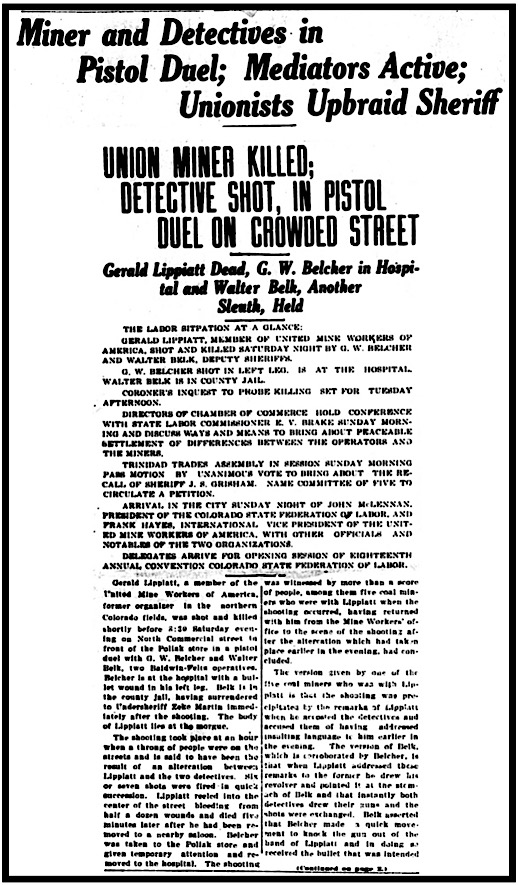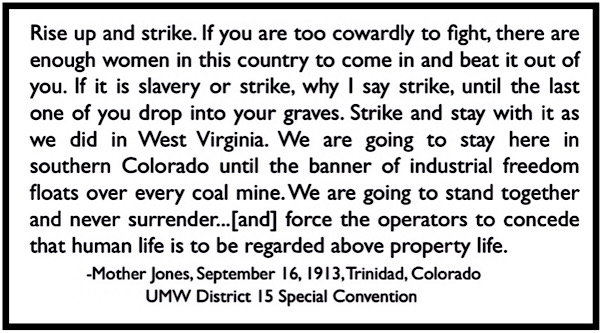 —————
—————
Hellraisers Journal – Tuesday October 14, 1913
Ludlow Colony, Colorado – Gunthugs Attack Strikers’ Tent Village
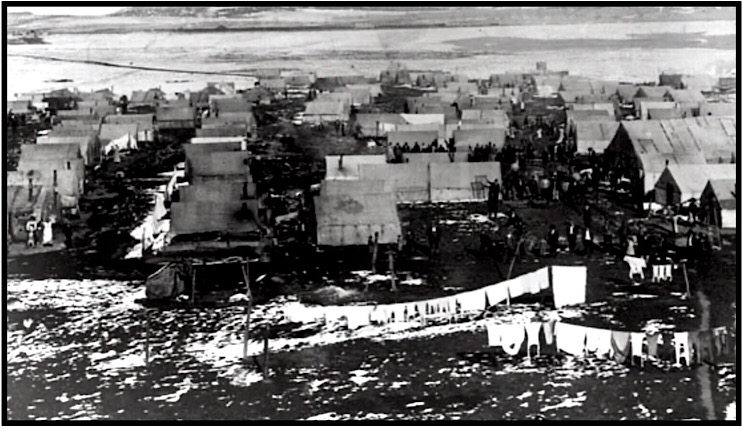 The Ludlow Tent Colony
The Ludlow Tent Colony
Wednesday October 8, 1913
Ludlow Tent Colony – Gunthugs fire into tents, miners rally to defend the camp.
Several striking miners walked up to Hastings from Ludlow yesterday attempting to collect their mail from the U. S. Post Office there. When mine guards refused them their mail, they argued briefly, but then headed back toward Ludlow. The guards laughed and fired shots over their heads as they walked away.
A short while later, Walter Belk and George Belcher, the same Baldwin-Felts gunthugs who were involved in the murder of Brother Lippiatt, drove near to Ludlow and let loose with a volley of shots into the tents. When miners came running to defend the Colony, more guards began shooting. The miners took up their guns and returned fire.
Women and children ran from the tents and gathered at the fence on the west side of the camp. Seeing that they were exposed to fire, John Lawson ran along the fence urging the women and children back to the tents. As the miners forced the guards to retreat, the women and children, singing union songs, returned to camp.
There are reports that shots were fired at the camp again this morning. John Lawson urged the miners not to leave the camp in pursuit of the guards, but to stay close by:
While you fellows run down there a mile or so the Hastings guards will come down and take the tent colony.
The miners are taking Lawson’s advice. They remain in the camp with their rifles close at hand.
———-
Friday October 10, 1913
Ludlow Tent Colony – Gunthugs fire on baseball field, kill Mack Powell.
Yesterday morning gunthugs from Hastings fired upon the baseball field at the edge of the camp. Striking miners had been enjoying a friendly game, but, as bullets hit the dirt around them, they quickly ran for their rifles. They were able to drive the guards away from the camp. Mack Powell was sitting on his horse and watching from a distance when he was struck by a bullet and killed. Guards were later heard to brag that they had killed a miner.
Mack Powell was a union miner who had taken work as a cowboy on the near-by Green Ranch. Mack was married, and lived with his wife and his wife’s grandmother.
———-
Sunday October 12, 1913
Southern Coalfield – Operators ship in machine guns; Union prepares.
Should any American citizen believe that, surely, those mine guards who shot up the Ludlow Tent Colony and killed Mack Powell have been arrested, let them be, here and now, disabused of that naive notion of equal justice. In fact, the guards have not been arrested; they have had four machine guns added to their supply of weapons with which to continue their attacks on the tent colonies.
Vice President Hayes of the United Mine Workers of America said recently to John Lawson, “But they can’t conduct a war against us with machine guns. They wouldn’t turn machine guns on defenseless people.”
John Lawson believes that the operators are just that ruthless, and said, “We’ve got to protect the women and children at all costs.”
The colonies have been directed to put up breastworks and to dig pits under the tents. The women and children will be able to shelter there whenever the colonies are attacked. At this time, the Ludlow colony is the particular focus of the gunthugs, but all of the 20 or more colonies are considered to be at risk.
———-
Continue reading “Hellraisers Journal: Ludlow Tent Colony Attacked by Gunthugs; Mack Powell Shot Off His Horse at Strikers Baseball Game” →
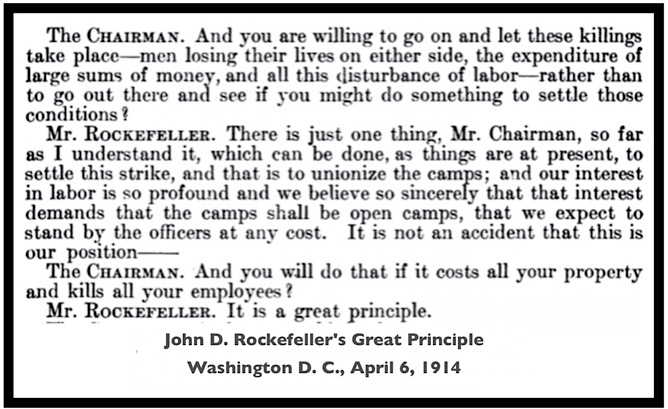 —————
—————
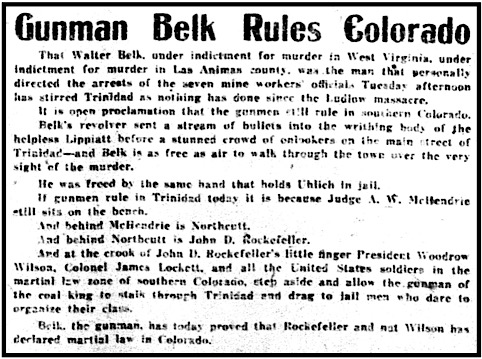
 —————
—————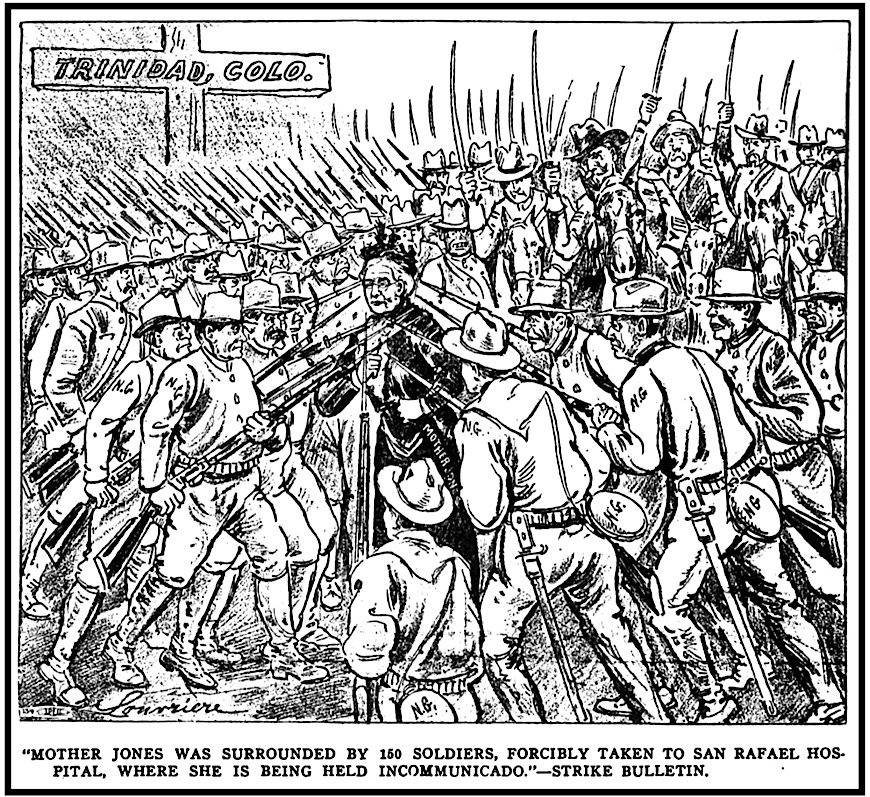
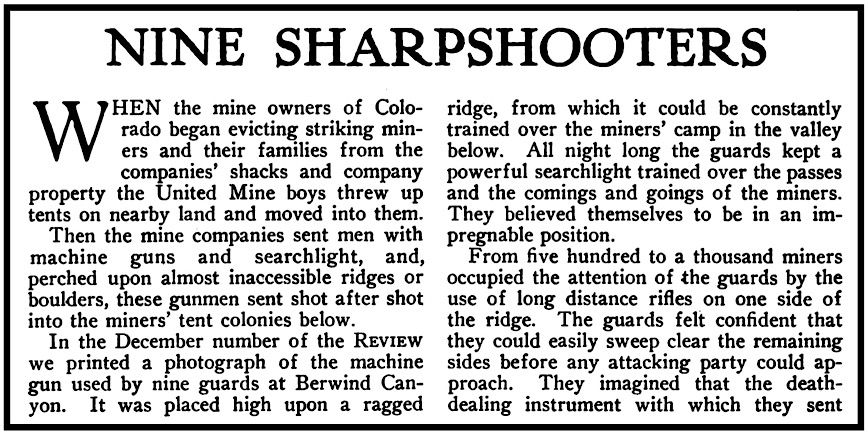
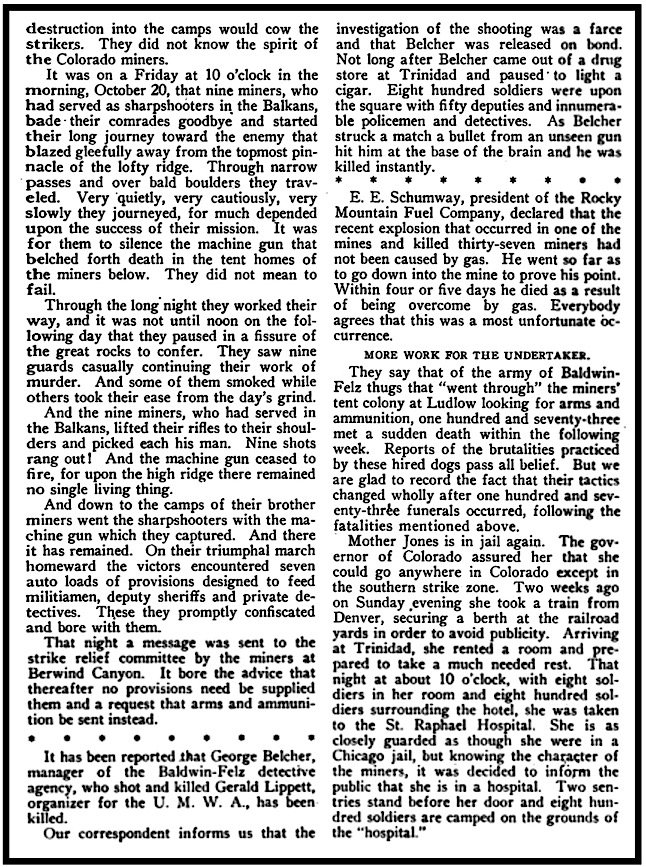
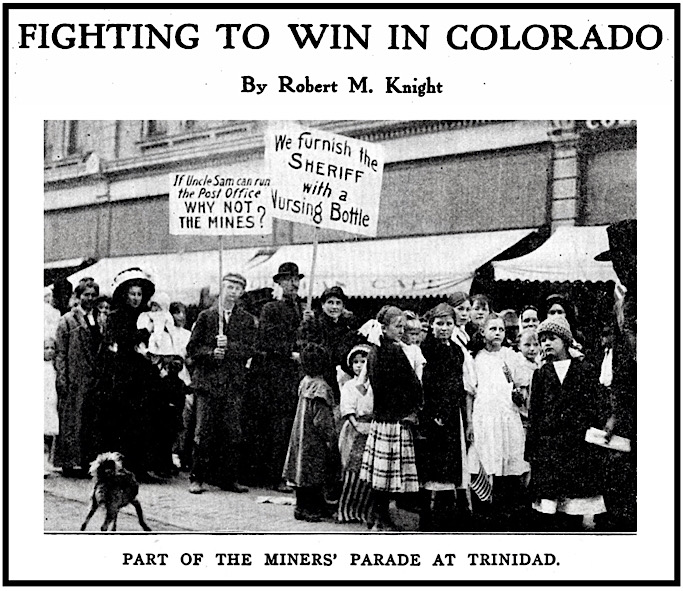
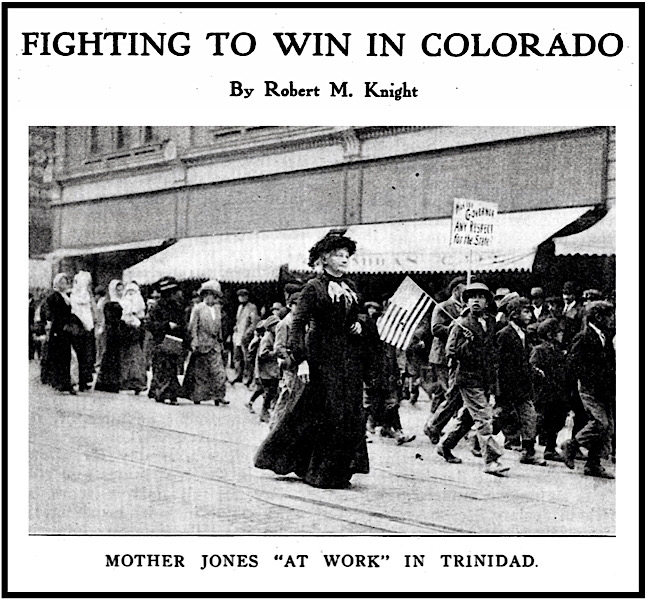
 —————
—————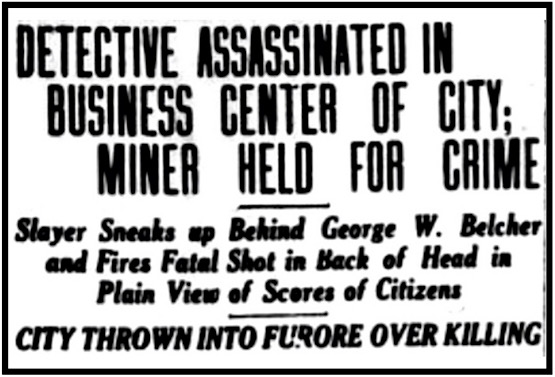
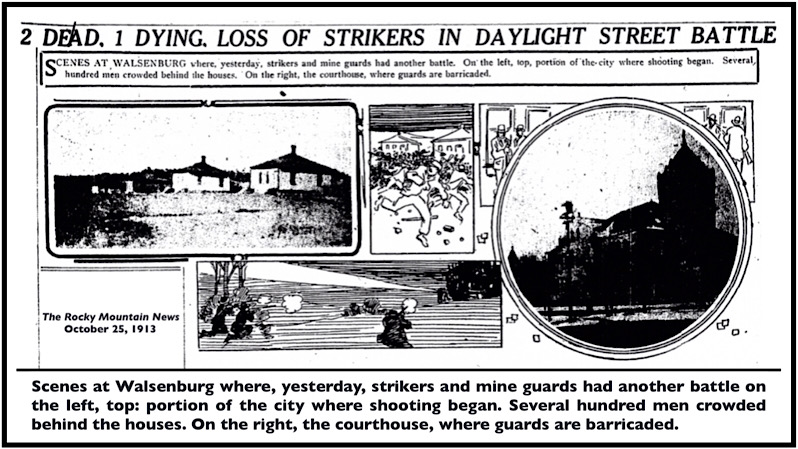
 —————
————— The Ludlow Tent Colony
The Ludlow Tent Colony —————
—————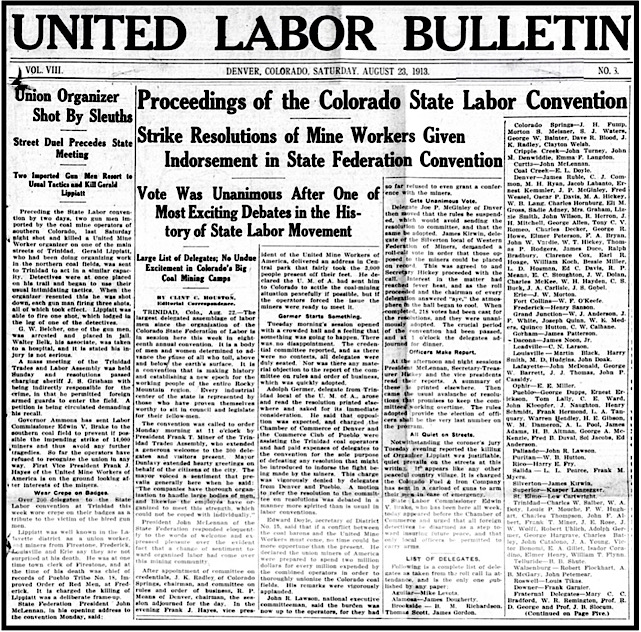
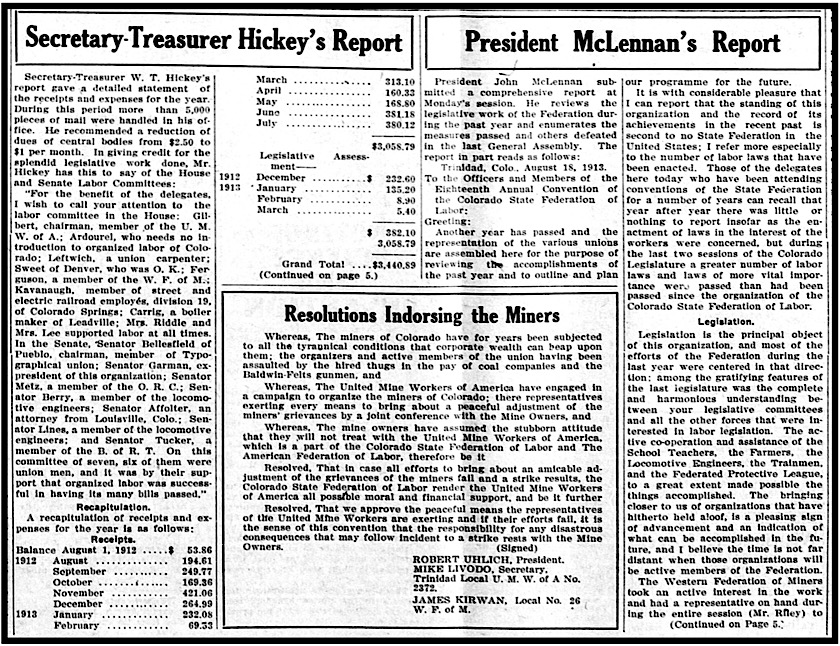
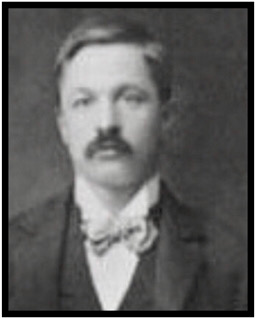
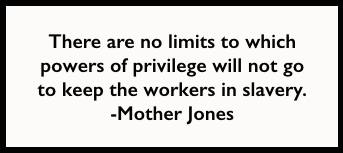 —————
—————